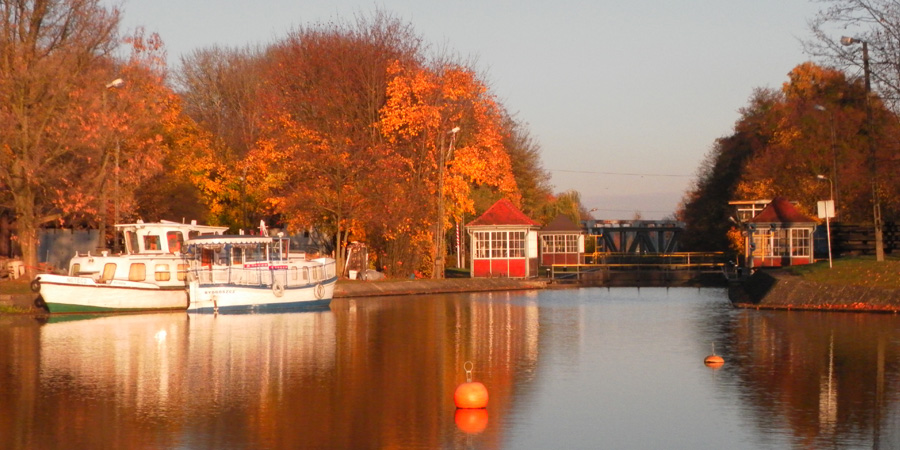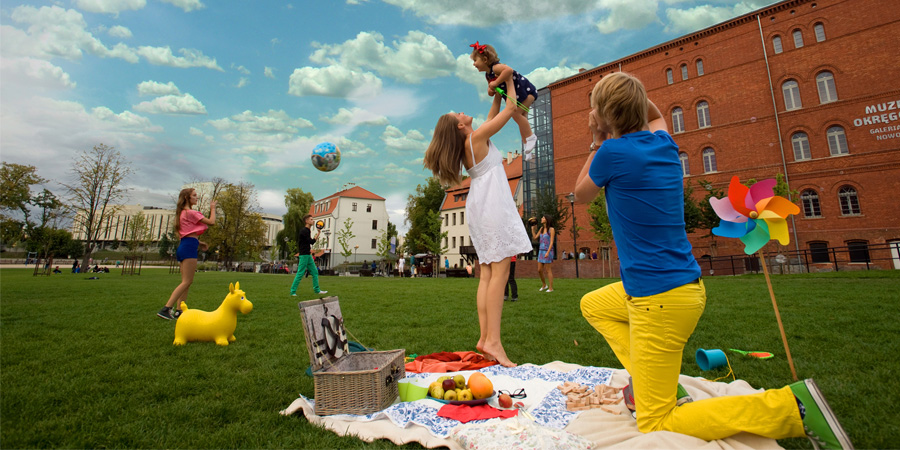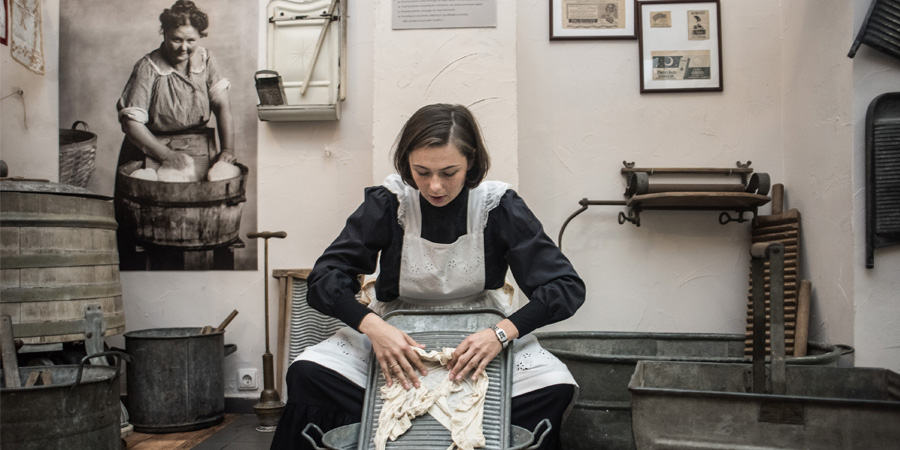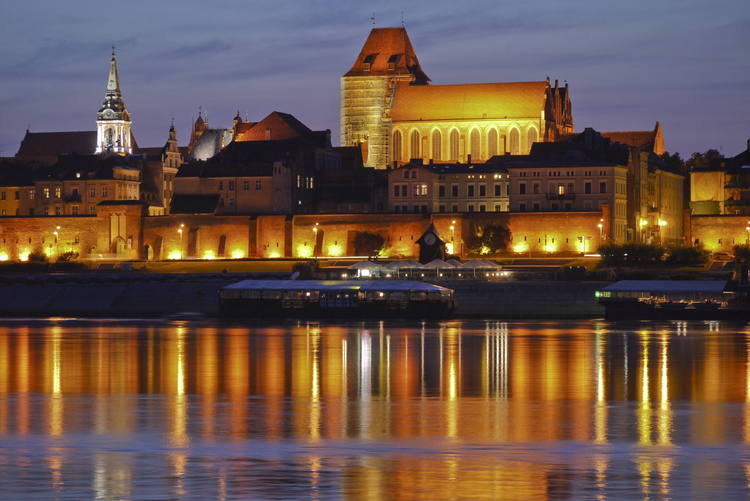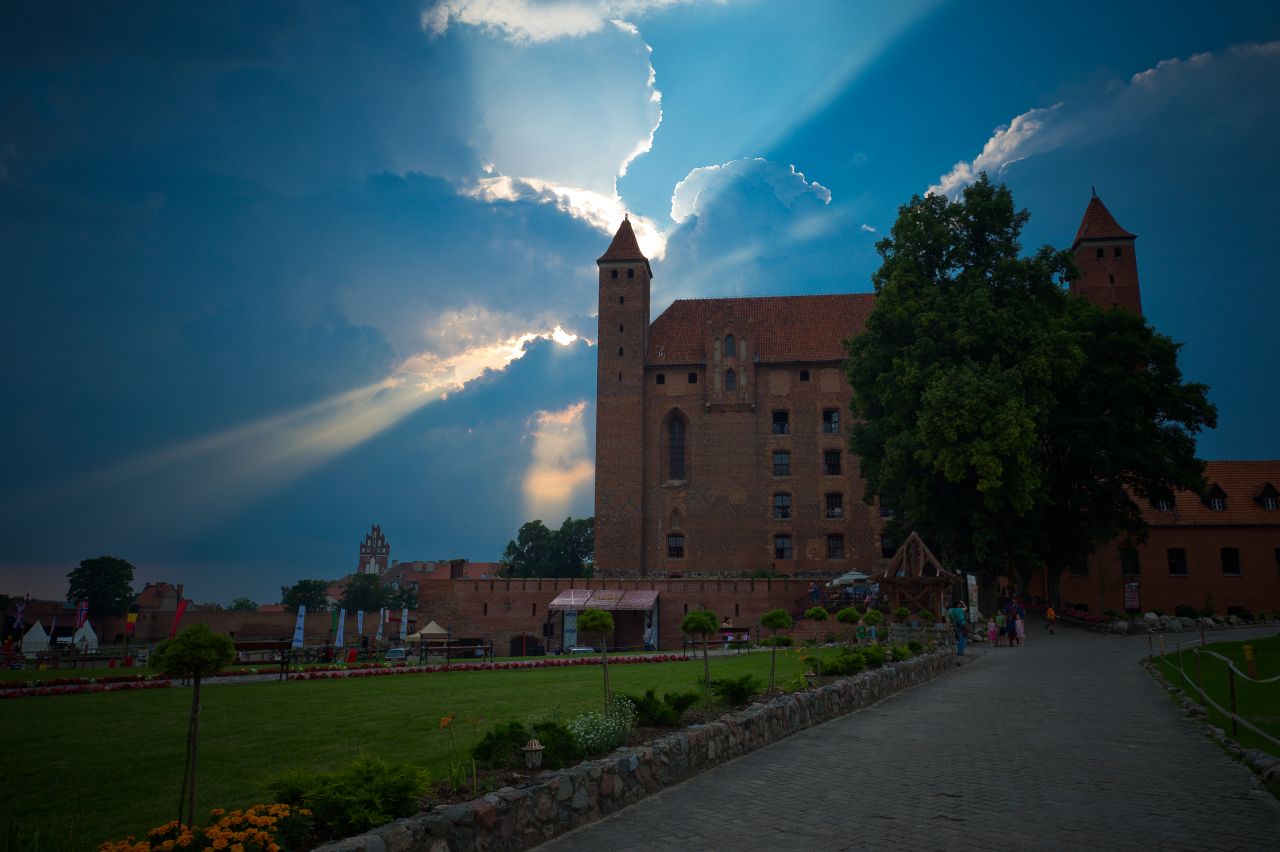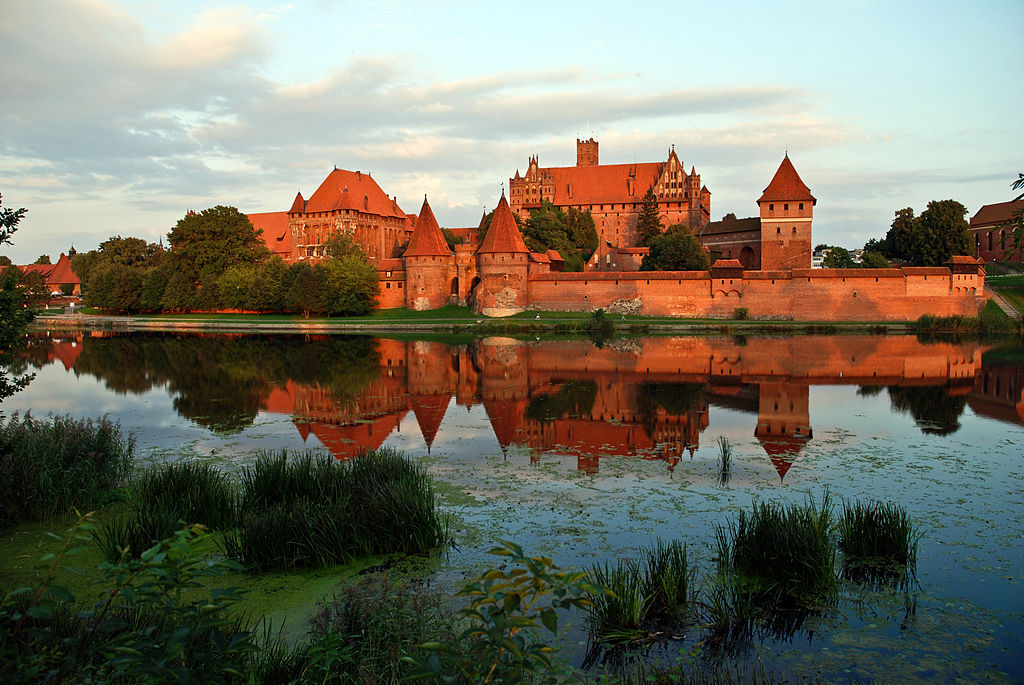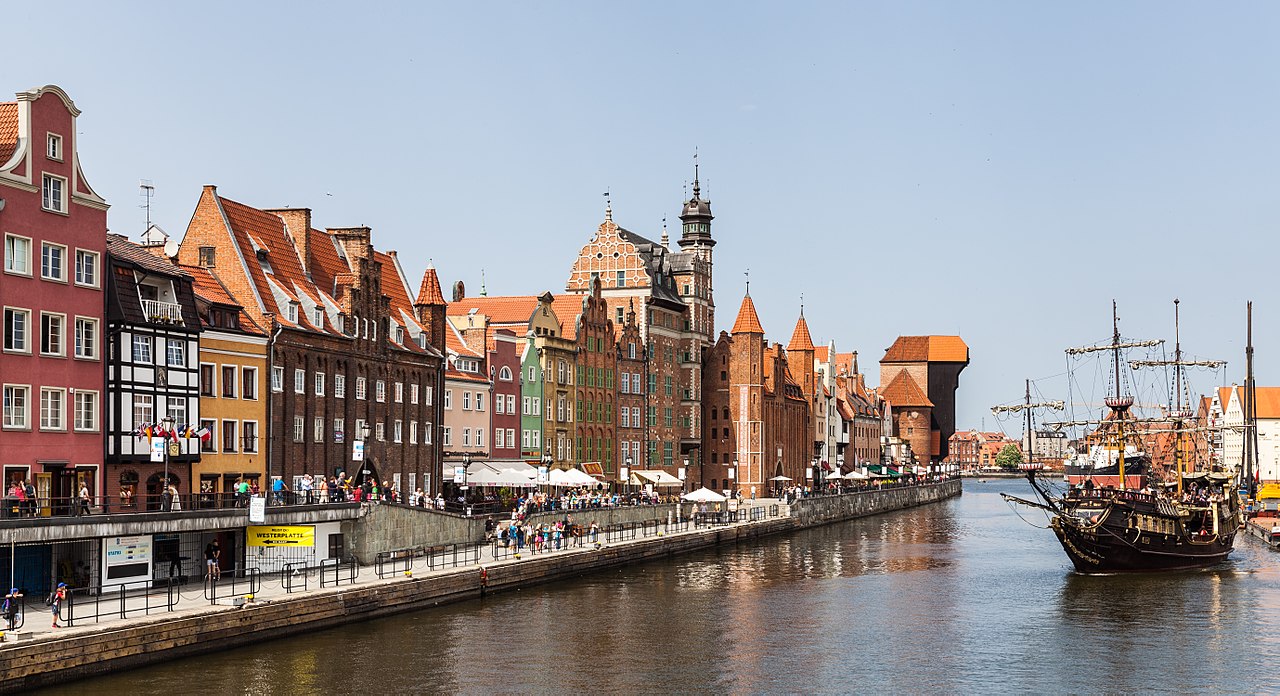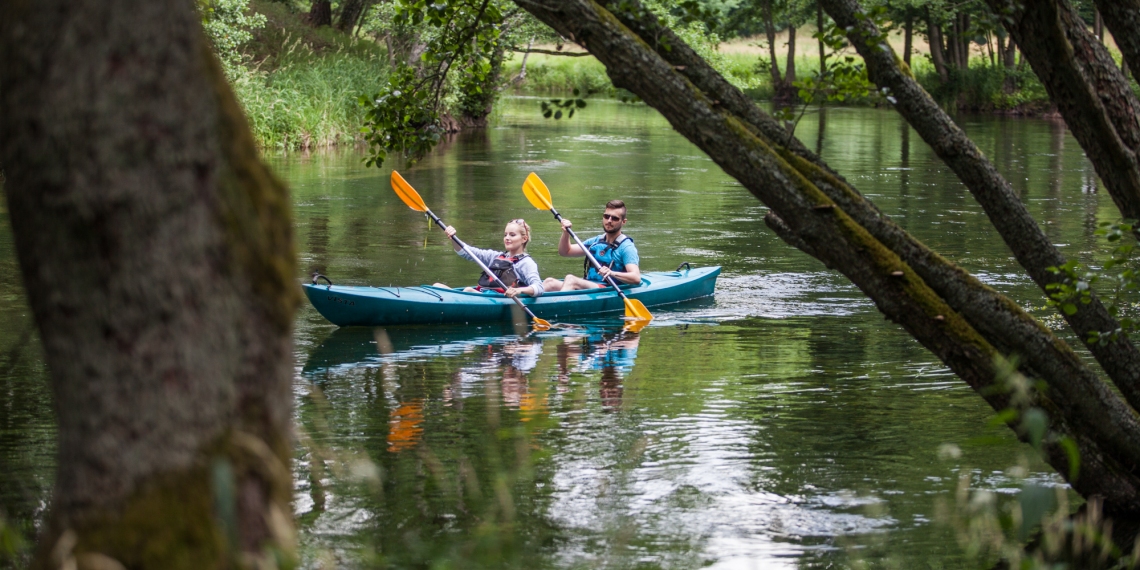Although the beginning of September marks the end of the domestic tourist season in Poland, the so-called Golden Polish Autumn still offers a plethora of variuous cultural events. The weather in Bydgoszcz in September is generally quite pleasant (day temperatures 20-25 oC).

